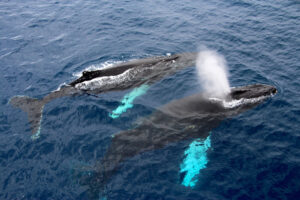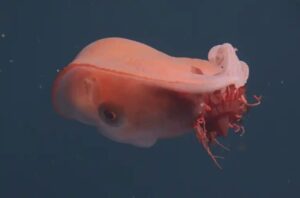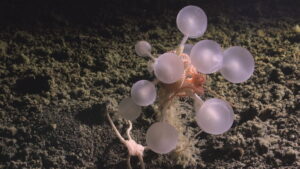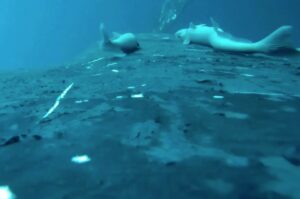For centuries, sailors have reported glowing seas that that aren’t just small patches of disturbed plankton but which stretch to the horizon. These rare events — known as milky seas — have long baffled mariners and scientists. Now, thanks to satellites and curious researchers, we finally know the truth behind the glowing patches of the ocean.
Milky seas emit a steady glow that can span up to 100,000 square kilometers. And they don’t just last minutes — they can linger for days, occasionally weeks or months.
Where these giant glowing expanses come from has always been a mystery. Milky Seas are notoriously hard to study, mainly due to their unpredictable nature. No one knows when they will appear or how long they will last. Researchers decided to create a database of everything they know about the rare phenomenon to try and figure out what they actually are.
A team from Colorado State University put together everything they could find from 400 years worth of sailors’ eyewitness accounts, satellite imagery, and any data from known milky sea events. They tried to match up eyewitness reports with any images from those days and then looked into the climate cycles at that time.
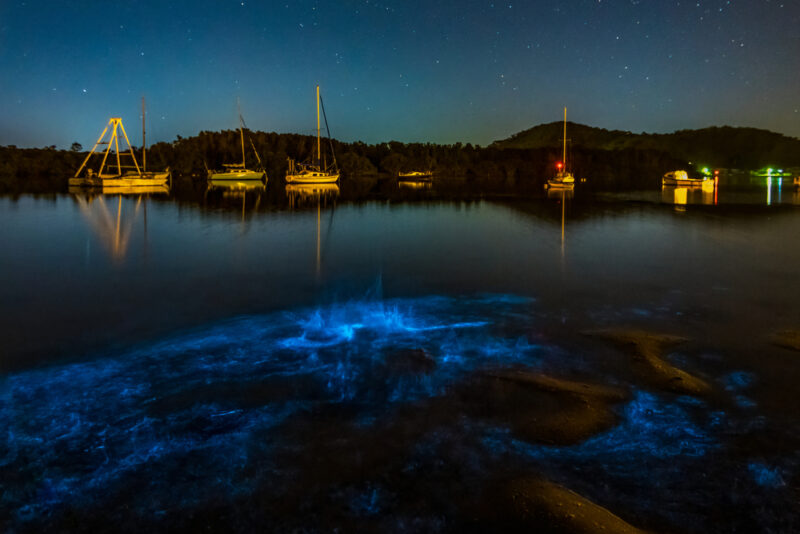
Bioluminescence on the Central Coast of NSW, Australia. Photo: Shutterstock
Most common in Indian Ocean
This showed that milky seas are most common in the Indian Ocean, particularly the Arabian Sea and around Southeast Asia. They are heavily influenced by climate events such as the El Niño Southern Oscillation and the Indian Ocean Dipole. This suggests they are actually not unpredictable after all.
Researchers believe the culprit behind the eerie glowing waters are bioluminescent bacteria, particularly Vibrio harveyi. In 1985, a research vessel sailing through a milky sea collected water samples. The glow-in-the-dark bacteria coated the algae within the samples. Since then, scientists have hunted for other samples to verify their suspicions.
“We strongly suspect — based on the characteristics of the light and how long it lasts — that it is bacteria,” explained Justin Hudson, lead author of the new study. “[But] how do you take some of the smallest organisms on Earth and have them engage in some behavior that’s half the size of the state of Colorado?”
When conditions are just right, the bacteria seem to create a luminous slick across the ocean surface. It makes sense that milky seas most often happen around upwellings that bring nutrient-rich water to the surface. However, many other regions in the world’s oceans have such upwellings but lack reports of milky seas. How and why this happens is still not fully understood.
Researchers hope that the creation of the new database will make it easier to study the phenomenon.
“We have no idea what milky seas mean for the ecosystems they are found in. They could be an indication of a healthy ecosystem or a distressed one,” said co-author Steven Miller. “Having this data ready allows us to begin answering questions about milky seas beyond hoping and praying a ship runs into one accidentally.”

